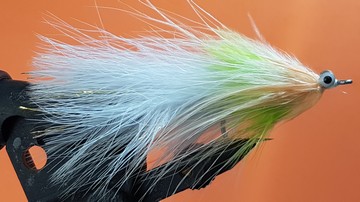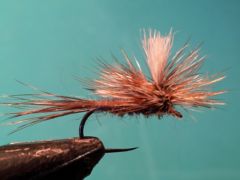Flies
{{start}}
{{end}}

{{+1}}BH silver surfer{{-1}}
{{start}}
I was ripping the black tailed version of this fly through the chop with some success when my boat partner asked what fly is that 'silver surfer'. I explained to him that it was just a woolly bugger variant tied with a black tail and silver UV straggle fritz. I tried to give it a real name such as 'silver woolly bugger' but unfortunately 'silver surfer' has stuck.{{end}}
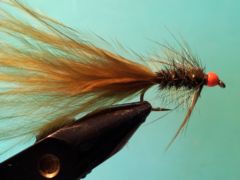
{{+1}}BH olive damsel bugger{{-1}}
{{start}}
At different times of the year you will start to see swallows dipping on the water feeding on midge. This is the time to start thinking about fishing either damsel buggers or olive woolly buggers because unfortunately for the midge it's not only swallows that have them on their menu it's also carnivorous damsel nymphs. Damsel nymphs come in a range of colours ranging from dull browns through to light and dark olives.{{end}}
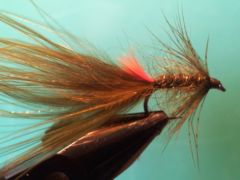
{{+1}}Mark II woolly bugger – alternate tie{{-1}}
{{start}}
The MK 2 woolly buggers evolved from standard black and olive woolly buggers as a fly that would imitate an American frog that had bright red between its hind legs and consequently the red tag is traditionally tied in below the tail. This tie is a little more popular than the original tie these days and is main point of difference is that the tag tied in on top.{{end}}
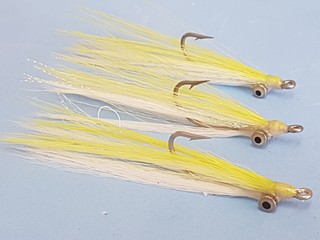
{{+1}}Clouser – synthetic{{-1}}
{{start}}
The down side to a bucktail clouser is that it is not a durable fly. This is a very viable and durable synthetic version which visually, in form and in function is hard to pick from a natural bucktail version.{{end}}
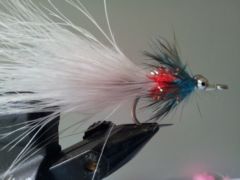
{{+1}}Gusto{{-1}}
{{start}}
This is a Peter Morse fly and a great variation on a Wooly Bugger that is making its mark in fresh water fly fishing. It's dressed on a wide gape hook that creates an effective "keel" effect and sports a relatively long marabou tail and a dense collar which together create plenty of currents around the fly that really get the marabou moving. It is adaptable for a range of species and situations.{{end}}
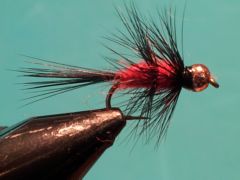
{{+1}}TBH fuzzy wuzzy{{-1}}
{{start}}
If you went back just a few years and you a asked an average fly fisher to name his for her favorite fly chances are it would be an unweighted, or lightly weighted probably with a few turns of lead wire, Fuzzy Wuzzy. The traditional Fuzzy Wuzzy has always been useful as a river and lake fly leading up to, through and just after the spawning season. This fly just extends the application of the standard Fuzzy Wuzzy an little further and the simple addition of the tungsten bead head makes it easier to get this fly down and bumping along the bottom where the fish are.{{end}}

{{+1}}Mud prawn – medium 7cm to 8cm long{{-1}}
{{start}}
In my experience that are very few fish, that we as fly fishers target, that will not readily eat a prawn or a shrimp. This fly is designed to not only to provide representation of a prawn or shrimp that is readily taken by fish but a fly that can be fished like a soft plastic or a faster moving fleeing prawn or shrimp and on top of that a fly that is durable and swims hook point up so that it's fairly snag resistant.{{end}}
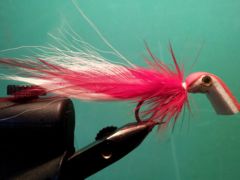
{{+1}}Chatto’s Mangrove fly{{-1}}
{{start}}
I like to fish it on either a floating line or an intermediate line with the depth of water just outside the target area being the determining factor. Fishes best if cast deep into the target area and just let it sit for up to 10 seconds. After that wiggly your rod tip so that the fly just shudders in the water activating the rattle. You can then retrieve the fly using a medium stripping action punctuated with plenty of stops and even let the fly float back to the surface and rattle the rod tip again.{{end}}














